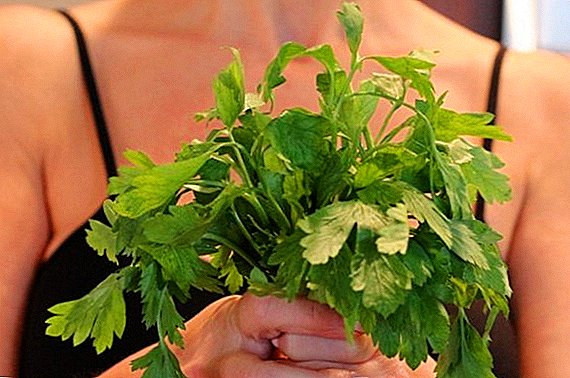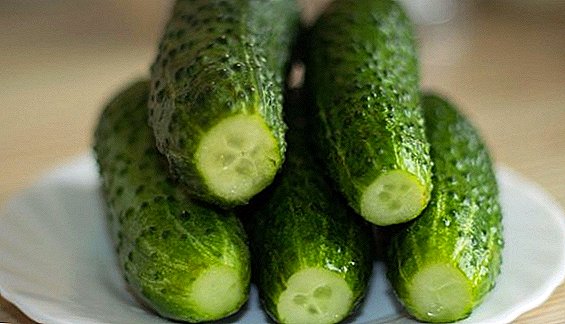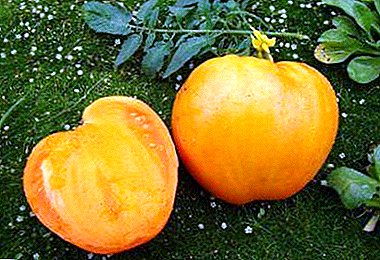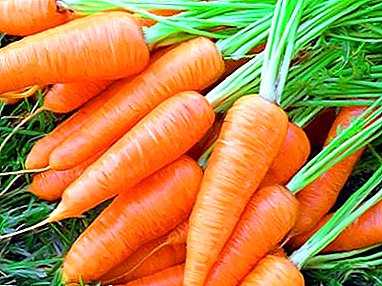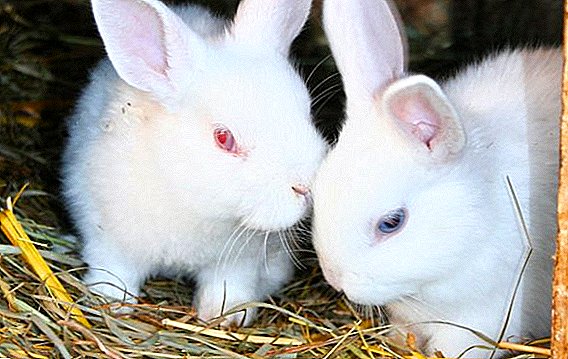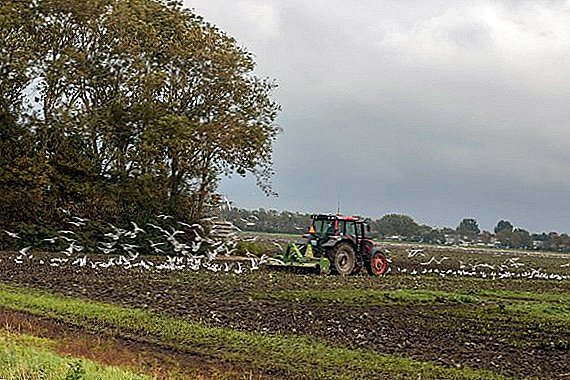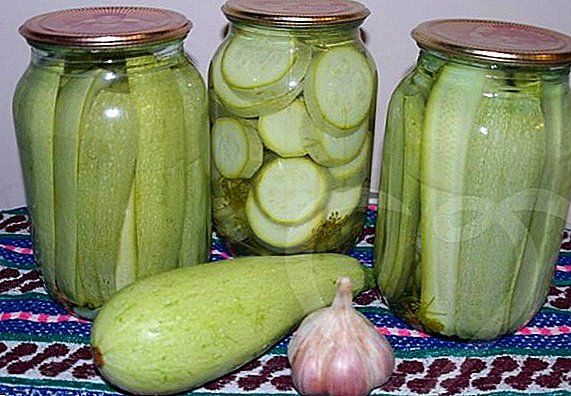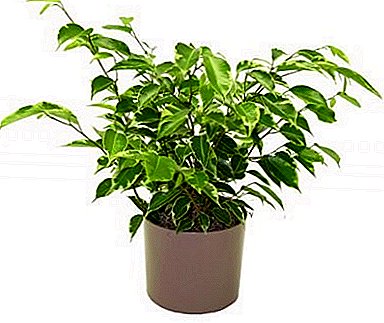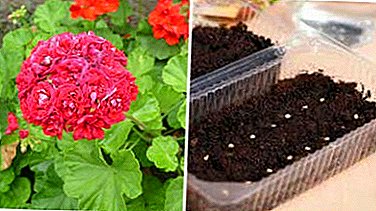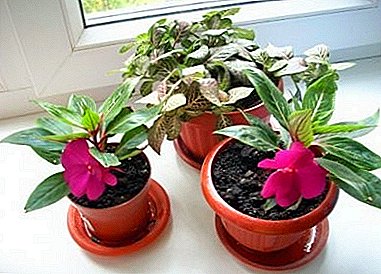
Bright, abundant and long-flowering balsamine "lights" inherited from their tropical ancestors the ability to easily form roots from internodes and far to scatter seeds with high germination.
In the room culture, with a light, warm and rather wet content, this tropical will to reproduce greatly helps to grow new young saplings of balsamines.
How to multiply Balsam cuttings?
how
The most viable and easy rooting cuttings of balsam - apical, no longer than 10 cm, with two or three internodes.
Harvested them most often in springincluding during the annual pruning.
Rooting also summer cuttings - and even autumn ones. This late cutting of cuttings is used mainly in cases when it is necessary to preserve in winter a variety of balsam that has blossomed in summer in a flower bed in open ground.
Lower leaves are removed..
Can apply rooting in water. It takes from 7 to 10 days, wherein water should not touch the leaves.
Then the cuttings are planted in a moist light substrate consisting of well-washed sand mixed with peat or perlite, vermiculite and a small amount of peat, grown, and then transplanted into a container with the usual balsamic soil.
The cuttings are planted and immediately to the substrate, bypassing the preliminary "water" stage.
In this case, you can process the lower sections of the root-stimulator.
Deepen about a third: roots will grow from the internode that will be under the surface of the soil.
Planting is covered with plastic film, aerated, moisturized and contain in a bright place at a temperature not lower than 17ºС.
Rooting occurs within two to three weeksbut already after 2-3 months, young plants bloom.
From such a “calendar” of flowering, it follows that to obtain flowering seedlings by May, February-March cuttings should be used.
Growing balsam from seed at home
Balsam Seeds do not lose their germination within five to eight years and with proper temperature and humidity sprout quickly.
However, with this method of reproduction, as a rule, no signs of original varieties are preserved - something mixed grows, sometimes not at all like a mother plant.
In room conditions it is possible pollinate balsam flowers artificiallytransferring pollen from stamens to pistils with a soft brush or cotton swab.
Oblong seed pods ripening after successful pollination should become translucent.
And now, when dark small seeds appear through their walls, you need to collect the "harvest".
Balsam bolls tend to crack and scatter seeds at the slightest touch to them (hence another household nickname for this plant - “touchy”).
Therefore, it is better to rip a ripe box in the morning, while it is still slightly wet - to firmly grip with two fingers and not let the seeds fly.
The boxes are folded to dry in a paper bag.
At the end of winter prepare a light soil of peat and perlite (or sand) in a ratio of 2: 1, placed in a container, moistened and sow seedspre-soaked in a weak solution of potassium permanganate and washed with warm water.
Depending on their size, sprinkle with a more or less thin layer of perlite (or sand). Cover with plastic film, air, moisturize, contain in a bright place at a temperature of 20-25 ºС.
Shoots appear on the eighth-tenth day.
When they reach a height of 1.5 cm, they carry out the first pick, and after the formation of several true leaves, they are seated in separate containers.
Term "from sowing to bloom" averages three months.
With an appropriate temperature and humidity conditions, due to the long-lasting high seed germination and rapid rooting, balsamines can be easily propagated in room culture.
The resulting seedlings - attractive, long-term and lush flowering plants - will decorate and refresh any warm, bright, fairly moist area in which they will be placed.
A photo
Next you will see a photo of growing Balsam from seed and propagation by cuttings:




- Below is a list of articles that may be of interest to you:
- Types of Balsam:
- Balsam Waller
- Balsam Camellia
- Balsam Novogvineysky
- Balsam Terry
- Garden Balsam
- Care for Balsamine:
- Diseases and pests Balsam
- Balsam Blossom
- Proper landing Balsam


